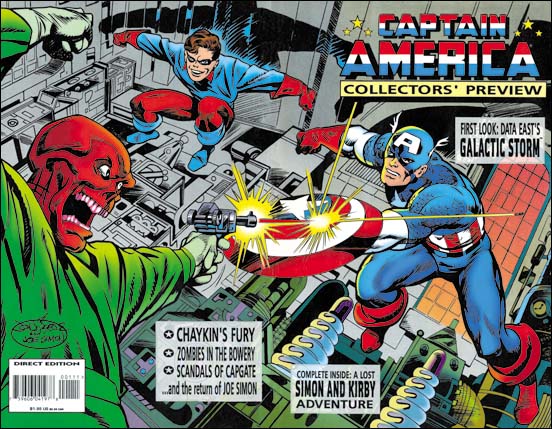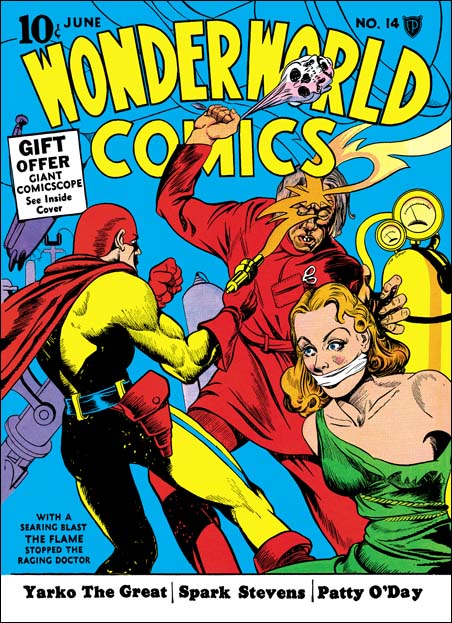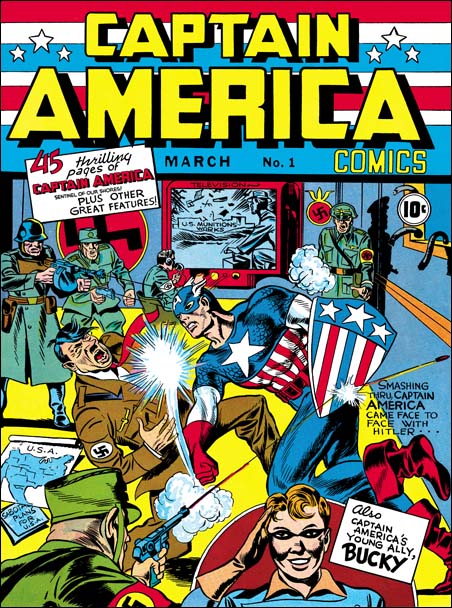
Captain America #1 (March 1941)
When I recently ran my Simon and Kirby cover contest I was curious about what some fans considered their favorite cover. There are many possible covers by Simon and Kirby that could be candidates, they put much effort into their covers. There are few S&K covers that I would consider poor works and even in those cases they are often better then covers by many of their contemporaries. One cover I fully expected to be selected was Captain America #1. Cap #1 is truly one of the icons of comic book covers. Whenever I talk about Joe Simon to those of my friends with no interest in comic books I tell them that he was one of the co-creators of Captain America. I doubt that they could name more then a handful of comic book characters but they always recognize Cap. Comic books as we know them today have a long history. But there are few comic heroes that extend throughout much of this history, fewer still if we exclude those with significant costume changes. Captain America was only missing for a fraction of comic book history. Last, but not least, is the presence of Hitler on the cover. Adolf shows up on a number of war time covers but I doubt that any are as famous as this cover and it was done about a year before the U.S. entered the war. Yes I think we can certainly say that the cover for Captain America #1 is an icon.
But aside from it being an icon, is Cap #1 really a great piece of comic book art? I have to admit when I first asked myself this question not only was I unsure, I did not even know how to go about finding the answer.
One place to start is to examine how well the cover tells a story. I realize others may disagree, but for me this is generally an important criteria. Covers of a lot of famous characters just standing around as if posing for a camera just do not do anything for me. Comic books tell stories and I expect the covers to do so also. Well the story told by Cap #1 cover is pretty clear. The bent bars in the window on our right indicate where Cap forced his way into the room. At great risk to himself, Cap rushes forward to deliver one of Kirby’s famous punches to the villain (easily recognized as Adolf Hitler). Although the U.S. was not officially at war with Germany it is clear that Hitler had already strike out against us. Not only are there invasion plans on the left, but in the rear we find a television showing the destruction of a U.S. ammunition plant. There is a blurb that declares
Smashing thru Captain America came face to face with Hitler
Frankly this blurb is really superfluous, it tells us nothing that the image does not already provide. S&K would provide better blurbs in the future and eventually would often leave them out. So I conclude based on the story telling criteria that the cover for Captain America #1 is completely successful.
Another approach to judging the Cap #1 cover would be to compare it with other iconic covers. As a hero Captain America may have played an important part in the history of comic books, but he pales beside Superman and Batman. But when you compare the cover for Cap #1 with Action #1 or Detective #27, well there is no comparison. The covers for Action #1 and Detective #27 may be icons, but artistically they do not even come close to Cap #1. So from comparing icons with icons I again conclude that this cover is deserving of praise.
Well Hitler plays a prominent part of this cover, but how does Cap #1 compare with other comics that depicted Hitler? I cannot claim to have made an exhaustive search for covers to use for comparison, but I certainly have not found any other Hitler cover that I like better. Dial B For Blog has made a more thorough examination and has reached the same conclusion. Not part of his list is the cover to Captain America #2 but I included an image in a recent post. Although both have Hitler and are done by the S&K, issue #1 seems much better then #2. It is not hard to understand why, after all it is much more satisfying to see Adolf getting punched then just being surprised. So Captain America #1 cover does well when compared to other Hitler covers.
Looking at Captain America #1 from various viewpoints I have ended up concluding that this really was a great cover. Although being an icon has made it more difficult for me to evaluate this cover, that does not mean I consider it a negative aspect. Quite the contrary I believe that with its iconic status added to its artistic merits the cover for Captain America #1 is truly one of the greatest covers that Simon and Kirby have produced.
There is one aspect about Captain America #1 that I have not explored in this post. That is the part it played in the history of Kirby’s early artistic development. I have touched on early work by Jack Kirby in my serial post on the Art of Joe Simon here and here. But early Kirby is a subject that deserves a more thorough examination and is one that I plan to make the subject of a serial post in the near future.


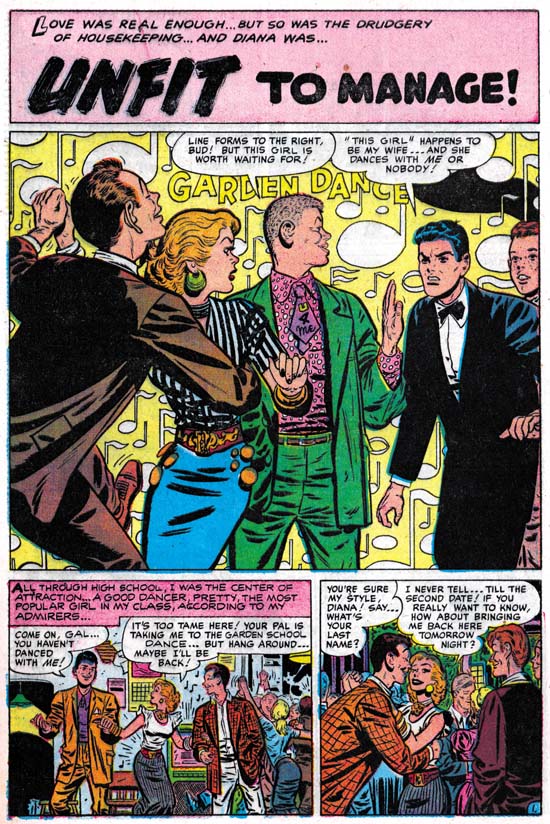


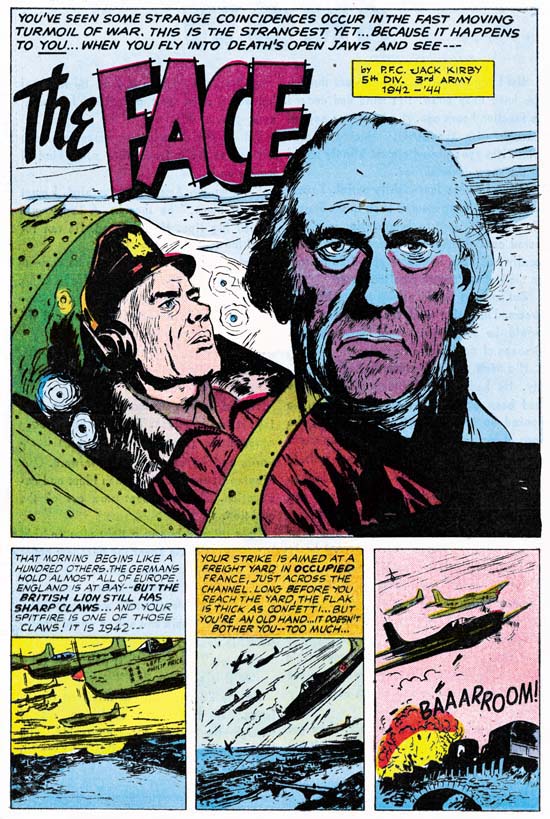
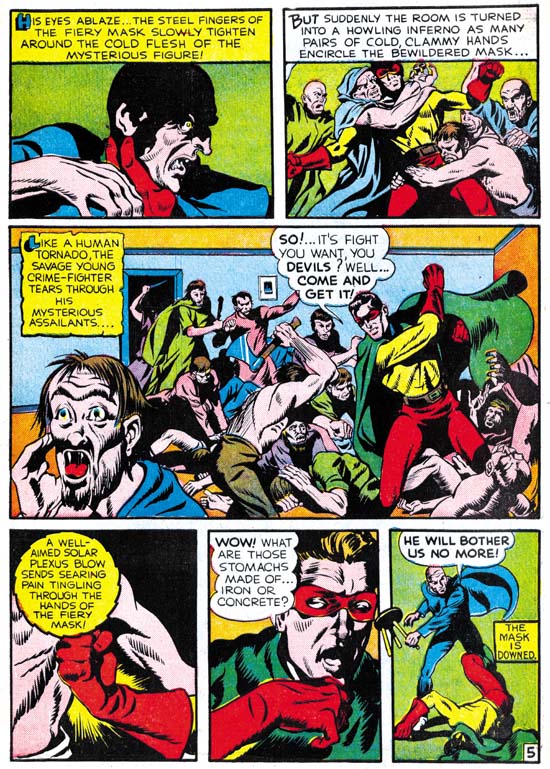
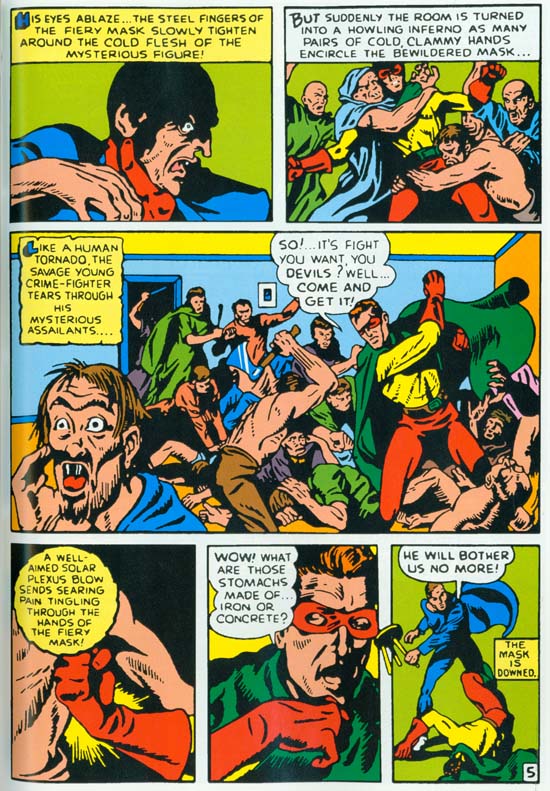
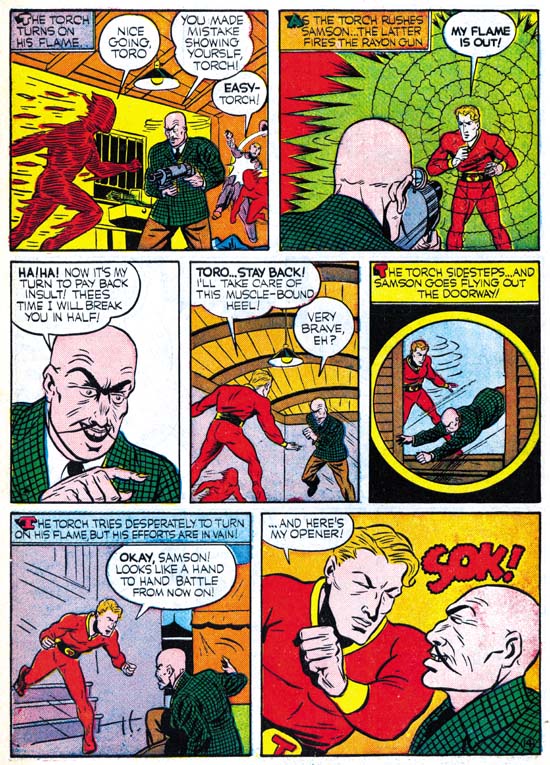
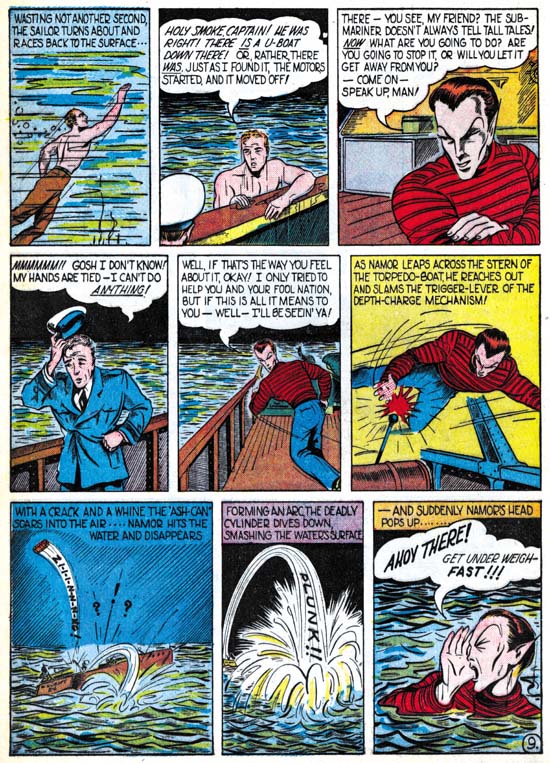

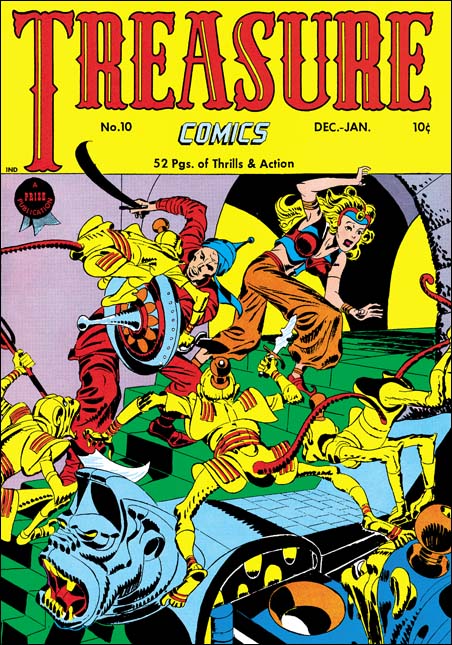
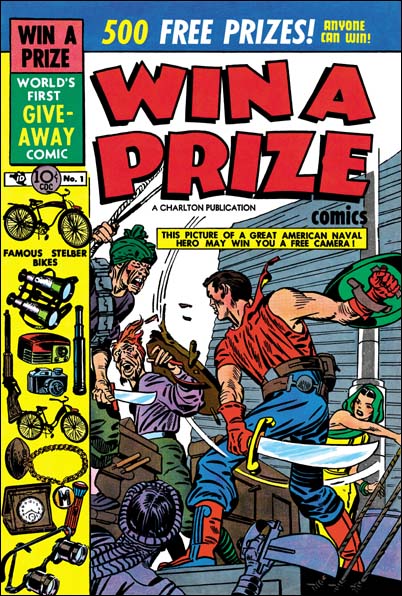
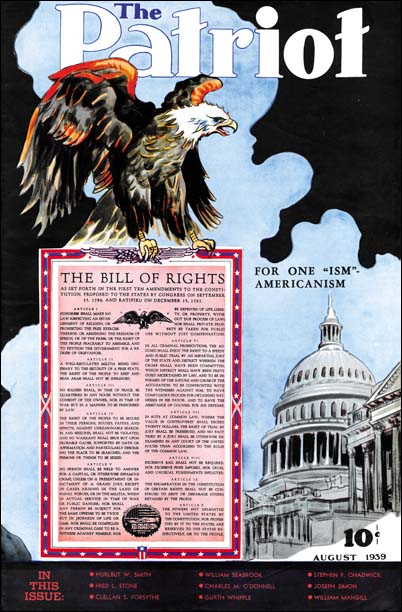
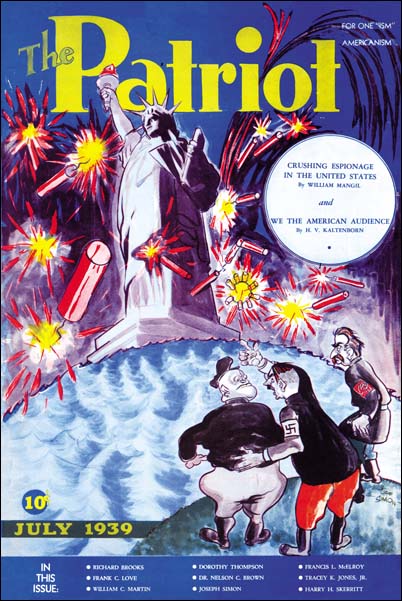
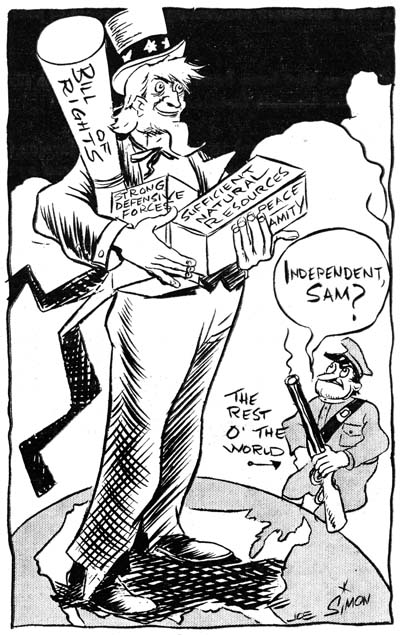

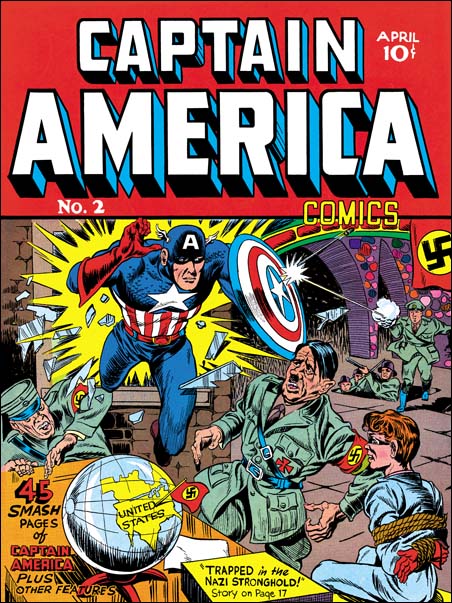
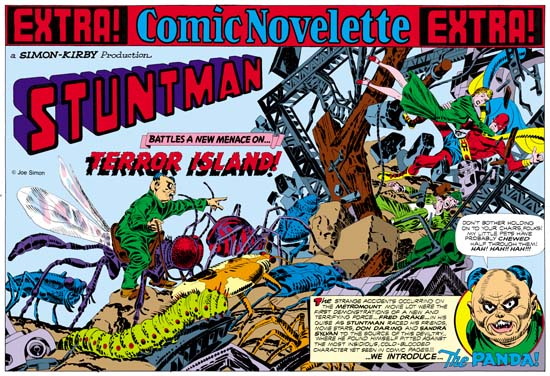
 “Terror Island” introduces a new antagonist, the Panda. Of course Stuntman had faced various opponents in his previous stories but they all were rather generic. None of the earlier villains really stood out and it is clear that none were ever meant to reappear in future Stuntman stories. The Panda seems special and I believe was Simon and Kirby’s first attempt to create Stuntman’s nemesis, the equivalent of the Red Skull for Captain America. Basing a villain on a panda may seem an odd choice, after all what could be more cute and cuddly then a panda, at least in the mind of the public. Sure Jack draws the Panda to look as vicious as possible without loosing his panda look. But the real source for this character is not the bear, but China’s leader Mao Tse-tung (nowadays his name is normally transcribed as Zedong). Today with all the world companies scrambling to get a share of the Chinese market it is easy to forget at that time communist China was a very closed society. As China’s leader and his with description of the U.S. as a “paper tiger” Mao was considered a special menace. Still it is not at all clear whether the Panda really could fulfill the role Joe and Jack were casting him for.
“Terror Island” introduces a new antagonist, the Panda. Of course Stuntman had faced various opponents in his previous stories but they all were rather generic. None of the earlier villains really stood out and it is clear that none were ever meant to reappear in future Stuntman stories. The Panda seems special and I believe was Simon and Kirby’s first attempt to create Stuntman’s nemesis, the equivalent of the Red Skull for Captain America. Basing a villain on a panda may seem an odd choice, after all what could be more cute and cuddly then a panda, at least in the mind of the public. Sure Jack draws the Panda to look as vicious as possible without loosing his panda look. But the real source for this character is not the bear, but China’s leader Mao Tse-tung (nowadays his name is normally transcribed as Zedong). Today with all the world companies scrambling to get a share of the Chinese market it is easy to forget at that time communist China was a very closed society. As China’s leader and his with description of the U.S. as a “paper tiger” Mao was considered a special menace. Still it is not at all clear whether the Panda really could fulfill the role Joe and Jack were casting him for.